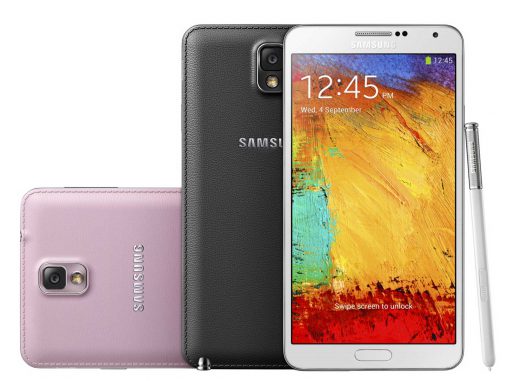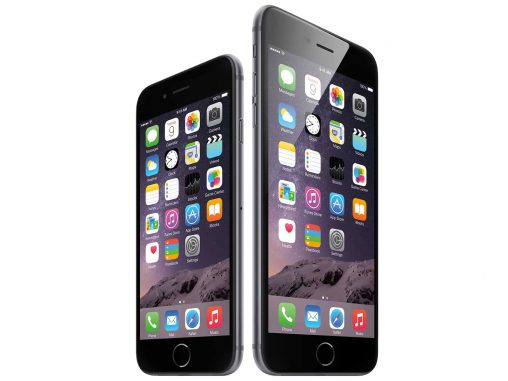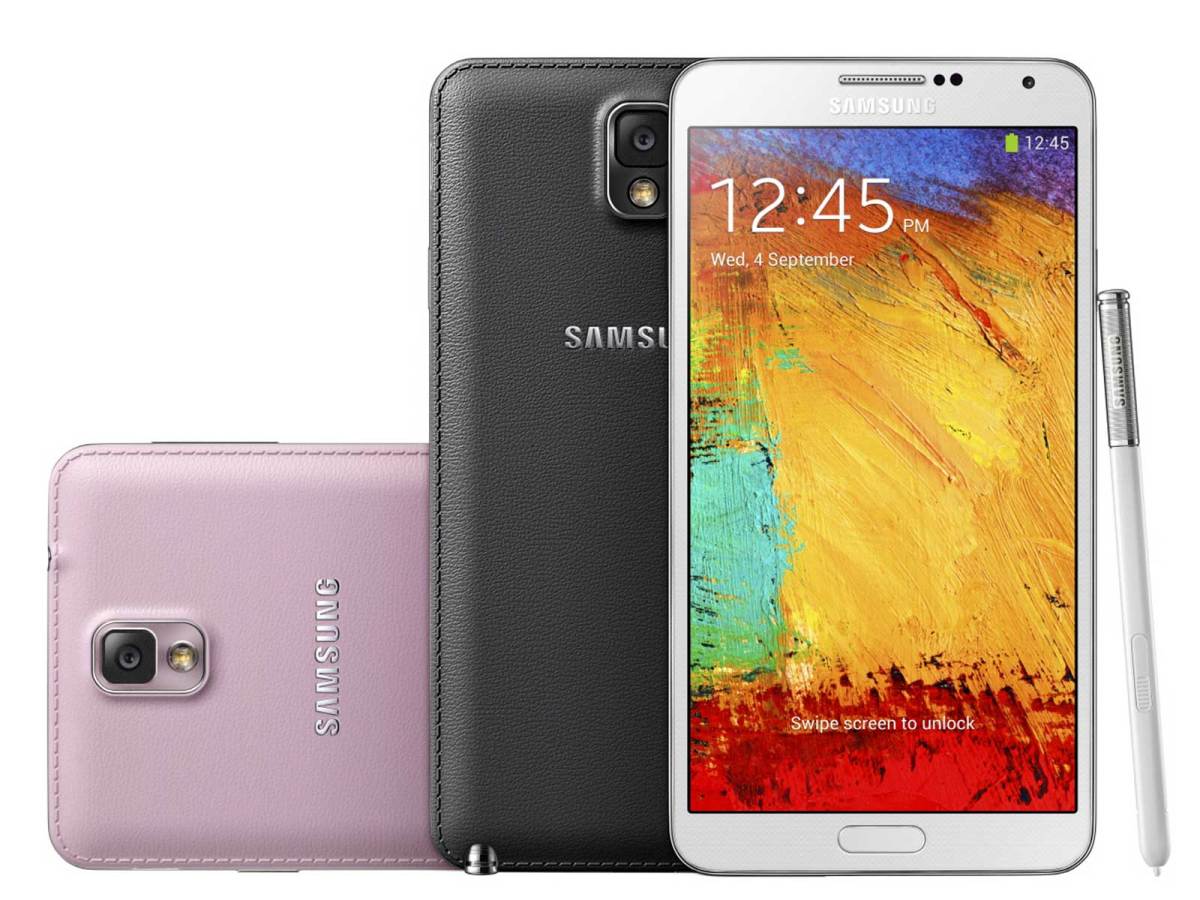
GfK has today confirmed what a lot of technology enthusiasts and industry types have suspected: phablets are on phire! The Australian office of the German sales analysts today revealed that sales of smartphones with screens 5 inches and larger are up 77 per cent year-on-year, while sales of handsets with screen smaller than 5 inches have decreased 18 per cent.
This trend towards larger, most expensive handsets becoming more prominent will only continue with Apple finally releasing a long-awaited large-screen iPhone, the 5.5-inch iPhone 6 Plus, to compete with the category-building Samsung Galaxy Note series and the larger models in Sony’s Xperia Z range, Nokia’s big-screen Lumia models and LG’s premium G Series.
GfK has tracked 112 smartphone launches so far in 2014 from all brands: 33 have had screens 5 inches and above, compared to just 9 in the same period of 2013. Although only representing around 30 per cent of all smartphones released, these phablets account for a whopping 75 per cent of sales.
So why the explosion of interest in smartphones that require two hands to use and can’t fit into top pockets or skinny jeans? Brendan Dowd from GfK says it’s all part of Australia’s changing communication landscape. As data becomes faster and cheaper, more consumers want to watch videos and view beautiful high resolution photography, and that is encouraged them to seek out bigger displays.
“The last five years have marked a well-documented transformation in the use of our mobile phones; from simple products with voice and text functions, to multi-functional, multi-faceted devices that have changed the way we live our lives,” Dowd said. “Although the smartphone market has matured and stabilised in Australia, the way in which we interact with our devices continues to evolve, as the products available to us change and develop.”
Dowd quoted the results of a recent GfK ConsumerScope survey to further elucidate this phenomenon. This Q&A session with new smartphone owners showed that the larger a screen size is on a handset, the more intensively it will be used. When it comes to the really large phablets on the market, owners tend to use these smartphones for “nearly every activity” in their working lives and while at leisure.
“One of the behaviours most strongly affected by screen size is the watching of either downloaded or streamed video content,” continued Dowd. “Eighty-six (86) per cent of respondents who owned a large-screen phone had watched video content streamed from the internet, compared to just 72 per cent of those with smaller screens.
“And the trend of watching video content on a phone is expected to increase further; as phones get larger, data becomes cheaper, and the entertainment that is available continues to develop.”
Just as Apple is entering this fray with its long-awaited phablet handset, Samsung is ready to up the ante. Its new Galaxy Note 4 device, complete with a Super AMOLED 5.7-inch display, is being officially launched in Sydney on Tuesday 23 September 2014, just a few weeks after its unveiling at IFA in Berlin. A week after Samsung’s launch, Sony is scheduled to hold the Australian launch of its Xperia Z3 flagship range. Meanwhile, BlackBerry is preparing for a major launch in London and is expected to have new handsets with larger screens.
Phablets have become so desirous that prospective customers are giving display size primacy over the choice of operating system when making their purchasing decision. Smartphone analyst Telsyte, which defines phablets differently to GfK (5.5 inches and above, as opposed to 5 inches), said a large-screen iPhone represented a “strong strategy” for Apple and could help the American supplier retain consumers and convert new ones.
“Telsyte research shows that one in five existing Android users that intend to purchase a new smartphone and are not planning to purchase an iPhone, indicated they would ‘change their smartphone purchasing decision’ if a larger screen iPhone 6 became available.”
In related news, respected rival hack Luke Hopewell at Gizmodo has published what appear to be credible smartphone market share percentages, furnished by Kantar Worldpanel. Although Hopewell doesn’t specify if these figures represent units sold or dollar share, they appear to be the latter. For the three months ending July 2014, Samsung led the way with 40.6 per cent market share, down 2.6 per cent from the year-ago quarter. Apple is second with 27 per cent and HTC is third with 7.8 per cent.
This author is on Twitter: @Patrickavenell


